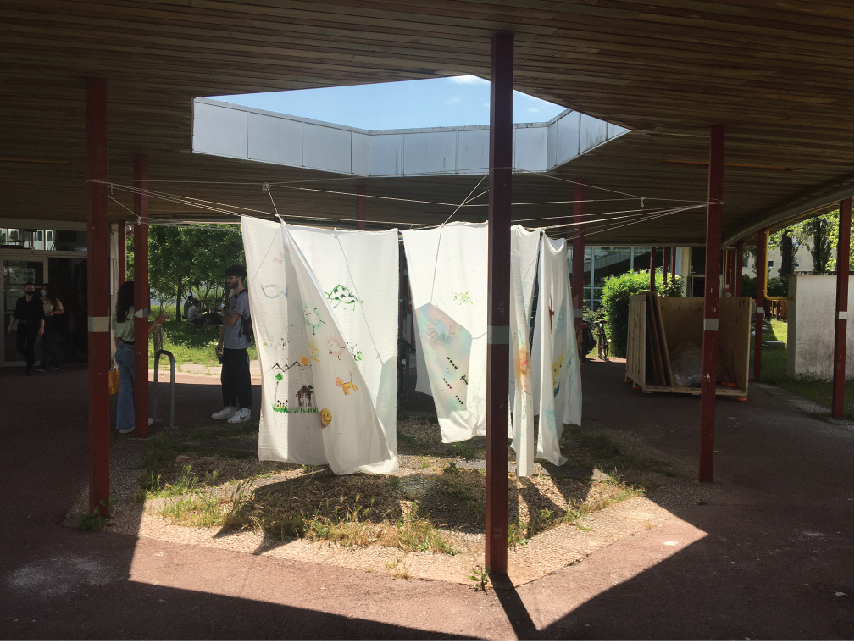Sabbatical Report: Assoc. Prof. Janine Debanné
September 3, 2021

Reuter House by Matt Stankiewicz at 36 Wick Crescent in Rothwell Heights (1966) Photo: Janine Debanné.
Associate Professor Janine Debanné is working on a book on Ottawa domestic modernism. One of the central themes is the houses’ strong relationship to their surroundings and the outdoors, including seasonal spaces such as screened porches that have all but disappeared from contemporary house construction.
Associate Professor Janine Debanné spent her 2020-2021 sabbatical leave in Bordeaux, France. In addition to working on her ongoing research and book on Ottawa domestic modernism, she was an invited professor and guest researcher at the Université Bordeaux Montaigne. She was in the university’s Department of Geography in an 80-person research unit called Passages, headed by Dr. Béatrice Collignon, a specialist on Inuit spatial knowledge and the author of Knowing Places: The Inuinnait, Landscapes, and the Environment (2006). The unit is part of the national scientific research centre and brings together geography, anthropology, landscape studies, architecture, urbanism and planning, and sociology.

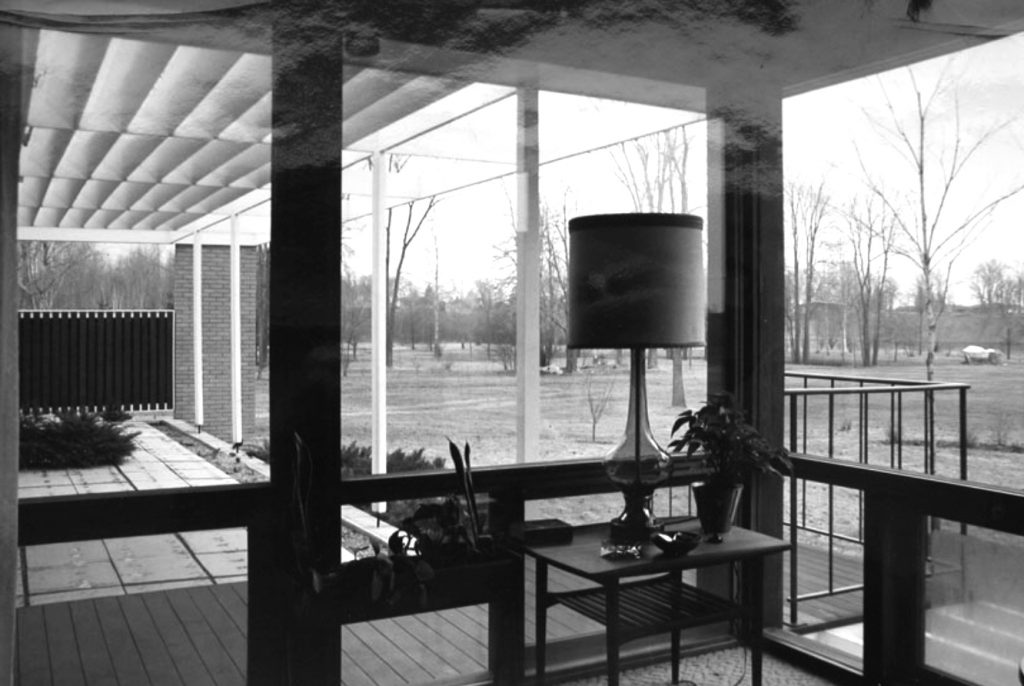

By documenting a selection of architect-designed mid-century modern Ottawa houses, some of which have been demolished, Debanné’s book highlights an important and vulnerable chapter of Ottawa architecture.
Torontow Residence by Paul Schoeler in Mooney’s Bay (1958). Demolished in 2007. Image: Courtesy of Schoeler and Heaton Architects.
As a guest researcher, Debanné established promising academic relationships and participated in several workshops dealing with image and representation, the use of video in academic research, and the history of architectural teaching.
She delivered a lecture on representation and drawing in the fall 2020. Before France’s confinement began, she accompanied a group of final year “license” students on project site visits and critiqued their proposals in English and French.

The Pocock House was for a large family. Debanné’s research documents and interprets examples of domestic architecture in the nation’s capital during a particularly forward-looking moment, one when architects and clients together redefined the art of family living through innovative layouts and new materials.
Pocock House by Guy Desbarats in Alta Vista, (1957). Photos: Courtesy of the Pocock family.
She also participated in a second-year master’s level geography course titled Espace Identité Mémoire, delivering a lecture on the complex role of built architecture in constructing Canadian identity and nationhood.

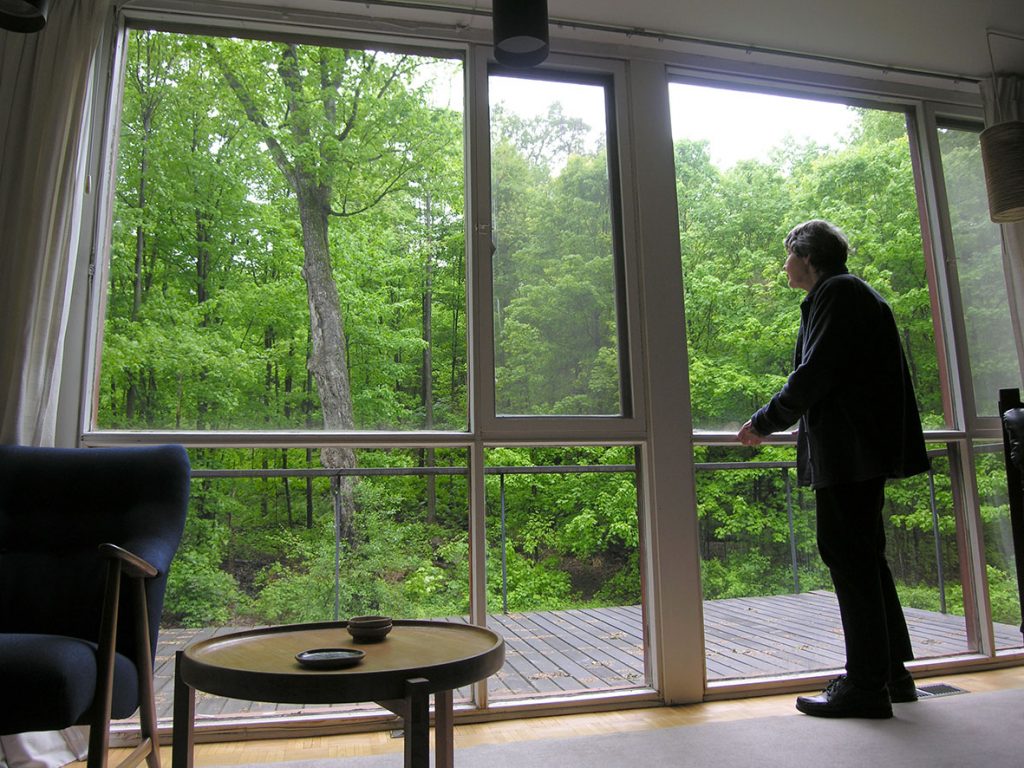
The late Elisabeth Lipsett looking out the window of her house.
Lipsett House by Paul Schoeler in Rothwell Heights (1958). Photos: Janine Debanné
In addition, Debanné was an invited professor at the École nationale supérieure d’architecture et de paysage de Bordeaux (ENSAP). Here, she delivered a series of five, four-hour-long lectures on architecture in Canada to master’s students as part of their history-theory course work. Questions of identity and inclusiveness were central to the lectures, which brought Indigenous content and architectures inherited from France into critical dialogue.

Dr. Béatrice Collignon (left) and Janine Debanné (right) in the Maison des Suds at the Université de Bordeaux Montaigne. The interdisciplinary research unit was named Passages and brought together geographers, sociologists, anthropologists, historians, architects, landscape architects.
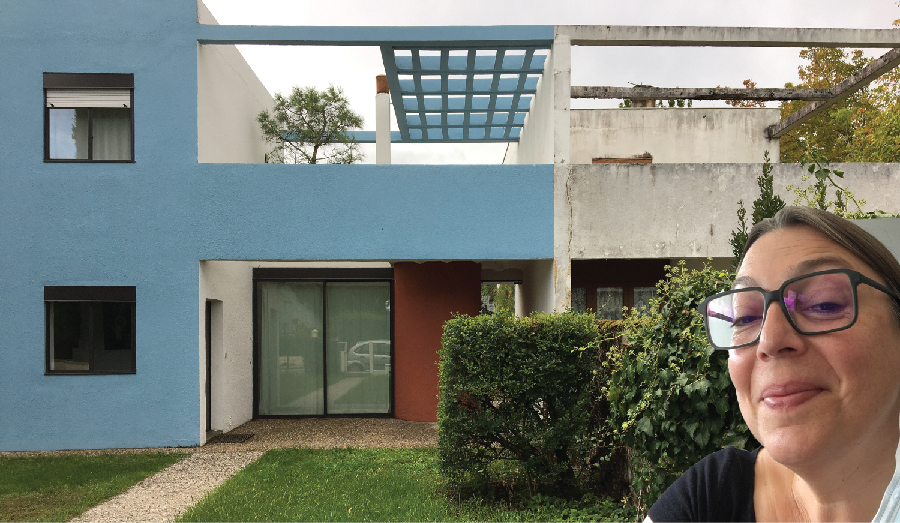
Janine Debanné at one of the houses in Le Corbusier’s Cité Frugès district, relating to her research on the reception of modernist architecture by dwellers.
She also delivered the inaugural and conclusive lectures in architectural research and writing class with students completing their undergraduate architecture degree (called “licenses” in France).
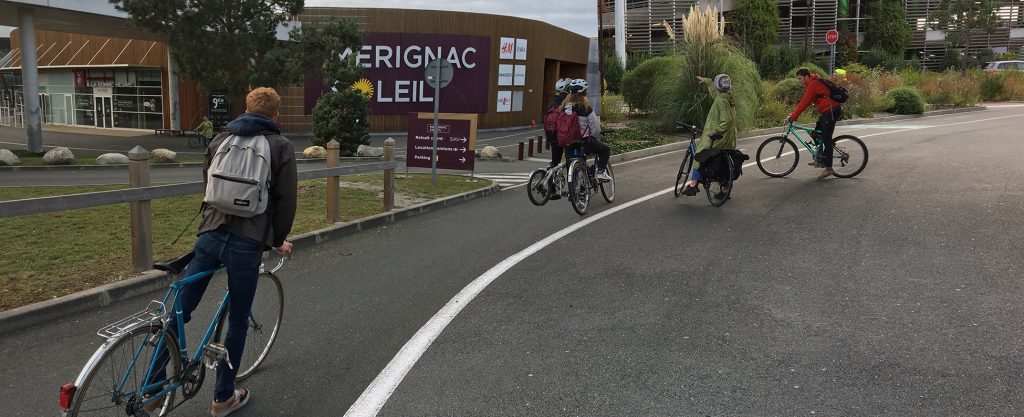
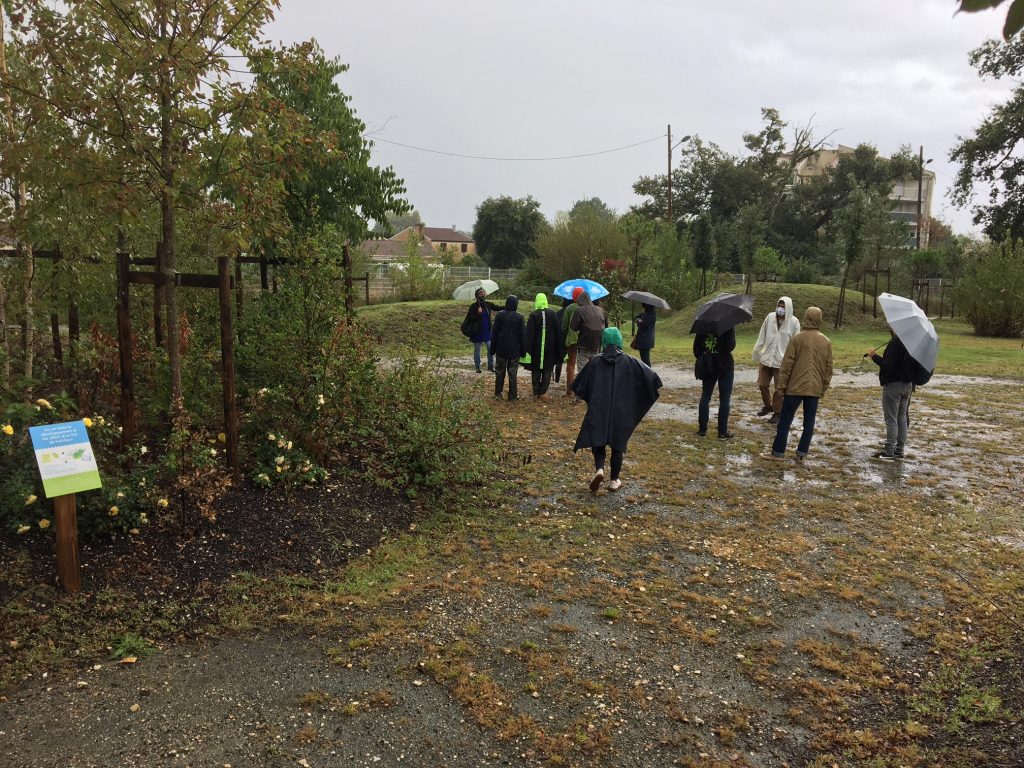
Geography students on a field trip to the Mérignac Soleil redevelopment site. Janine Debanné assisted in a workshop, led by geography professor Marina Duféal, on the sustainable redevelopment of the formerly car-oriented suburb of Mérignac, on the edges of Bordeaux.
Finally, Debanné participated in a seminar held by ENSAP’s landscape department on stimulating overlaps between landscape and design students, sharing shared insights about the Azrieli School’s three streams and strategies of encounter and intersection.

